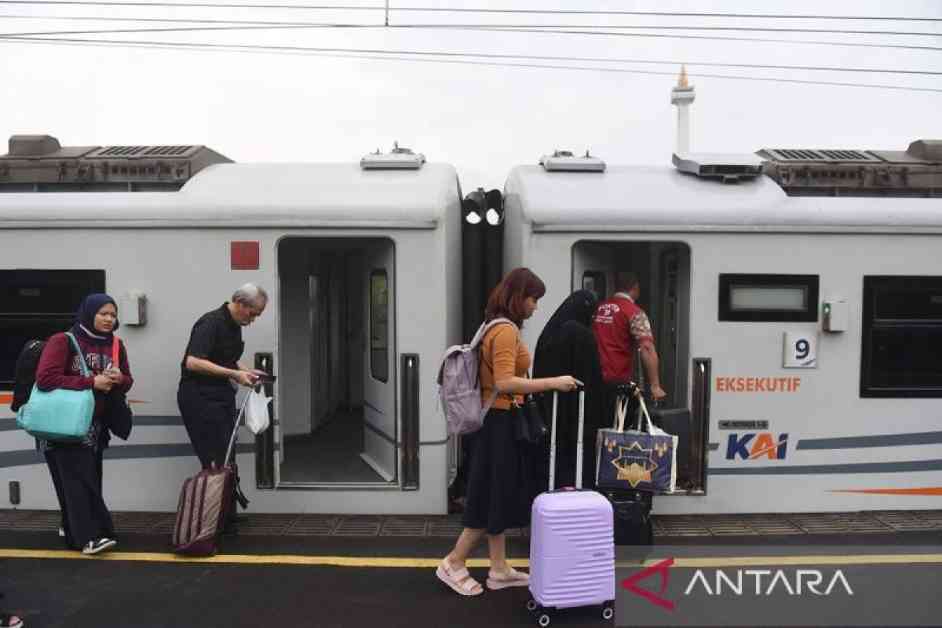Indonesian Eid Travelers Projected to Decrease by 24%: Government Estimates
Indonesia’s Ministry of Transportation anticipates that approximately 146.48 million individuals will embark on journeys during the upcoming Eid al-Fitr holidays. This figure represents a notable 24 percent decrease from the 193.6 million travelers recorded the previous year. The decline in anticipated travel numbers has prompted discussions and speculations about the underlying reasons driving this shift in travel patterns.
Survey Results and Insights
Budi Rahardjo, the head of the ministry’s communication and public information bureau, shed light on the findings of a survey conducted by the Transportation Policy Agency. The survey revealed that an estimated 52 percent of Indonesia’s population is expected to participate in the annual exodus to their hometowns. Rahardjo explained that the survey data was collected in mid-February, providing a snapshot of respondents’ travel intentions at that particular moment.
However, Rahardjo cautioned that while the survey results offer valuable insights, they may not entirely align with the actual travel trends during the Eid holidays. He emphasized that people’s decisions regarding travel plans are subject to change, potentially influencing the final number of travelers. This element of uncertainty adds a layer of complexity to predicting travel volumes accurately.
In discussing the survey outcomes, Rahardjo highlighted that the research was not specifically aimed at pinpointing the factors driving the projected decline in travel numbers. He noted, “Since the cause of the decline was not the focus of the research, we are unable to specify the reason for the projected decline.” This acknowledgment underscores the need for further exploration into the underlying motivations guiding travelers’ decisions during this period.
Expert Perspectives and Interpretations
Elba Damhuri, a spokesperson for the Ministry of Transportation, echoed Rahardjo’s sentiments regarding the survey results. She emphasized that the primary objective of the survey was to quantify the expected volume of travelers, rather than delve into the intricate reasons behind fluctuations in travel figures. Damhuri stated, “Our survey shows that 146.48 million are predicted to travel to their hometowns. However, this survey did not delve deeper into the cause of a rise or decline in numbers. We will not speculate on the cause.”
The absence of a definitive explanation for the decrease in projected travelers underscores the multifaceted nature of travel behavior and the myriad factors influencing individuals’ decisions. While the data provides a snapshot of anticipated travel patterns, the intricate interplay of personal, economic, and logistical considerations remains a complex puzzle. As the Eid holidays draw near, the evolving landscape of travel intentions will continue to shape the final tally of individuals embarking on journeys to reunite with their loved ones.
As the nation prepares for the festive season ahead, the fluctuating travel projections serve as a poignant reminder of the dynamic nature of travel patterns and the nuanced factors at play. The upcoming Eid al-Fitr holidays will unfold against a backdrop of shifting travel dynamics, underscoring the resilience and adaptability of individuals navigating the complexities of holiday travel in the modern era. Amidst these uncertainties, one thing remains certain—the spirit of togetherness and reunion that defines the essence of the Eid celebrations will endure, transcending fluctuations in travel numbers and reaffirming the enduring bonds that unite us all.






















